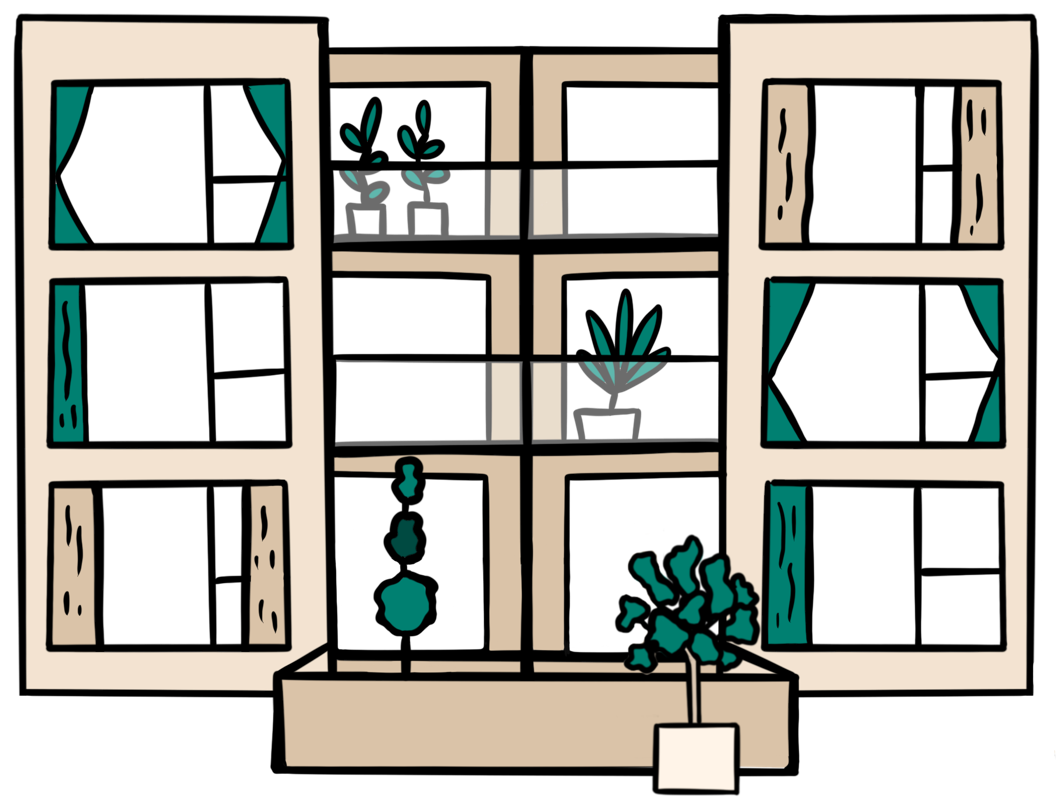Hopefully you won’t need to trigger your warranty, but if you do spot a defect knowing what to do is crucial. It’s important to report your issue as soon as possible.
For any problems during the first two years, your first point of contact should always be the developer or builder.
Most developers will have a customer service team or aftercare department specifically for handling these issues. You’ll typically find their contact details on their website or in the paperwork you received when you moved in.
You must allow a reasonable time period and access to your property to fix the issue.
Once you’re past the two-year mark, the developer is no longer responsible for repairs, including any structural issues you may experience. If this happens, you should contact the warranty provider directly. The warranty provider will arrange for an inspection and, if they accept the claim, will either instruct contractors to carry out repairs or provide cash settlement.
Always keep records and timelines
Documentation is crucial for any warranty claim:
- Report problems as soon as you notice them – delays can invalidate your claim
- Keep written records of all communications, including dates and times of phone calls
- Take photos of defects before they get worse
- Save copies of any emails or letters
- Don't attempt DIY repairs, as this could void your warranty
Remember, if you let a problem get worse by not reporting it promptly, the warranty provider may refuse to cover the additional damage.


